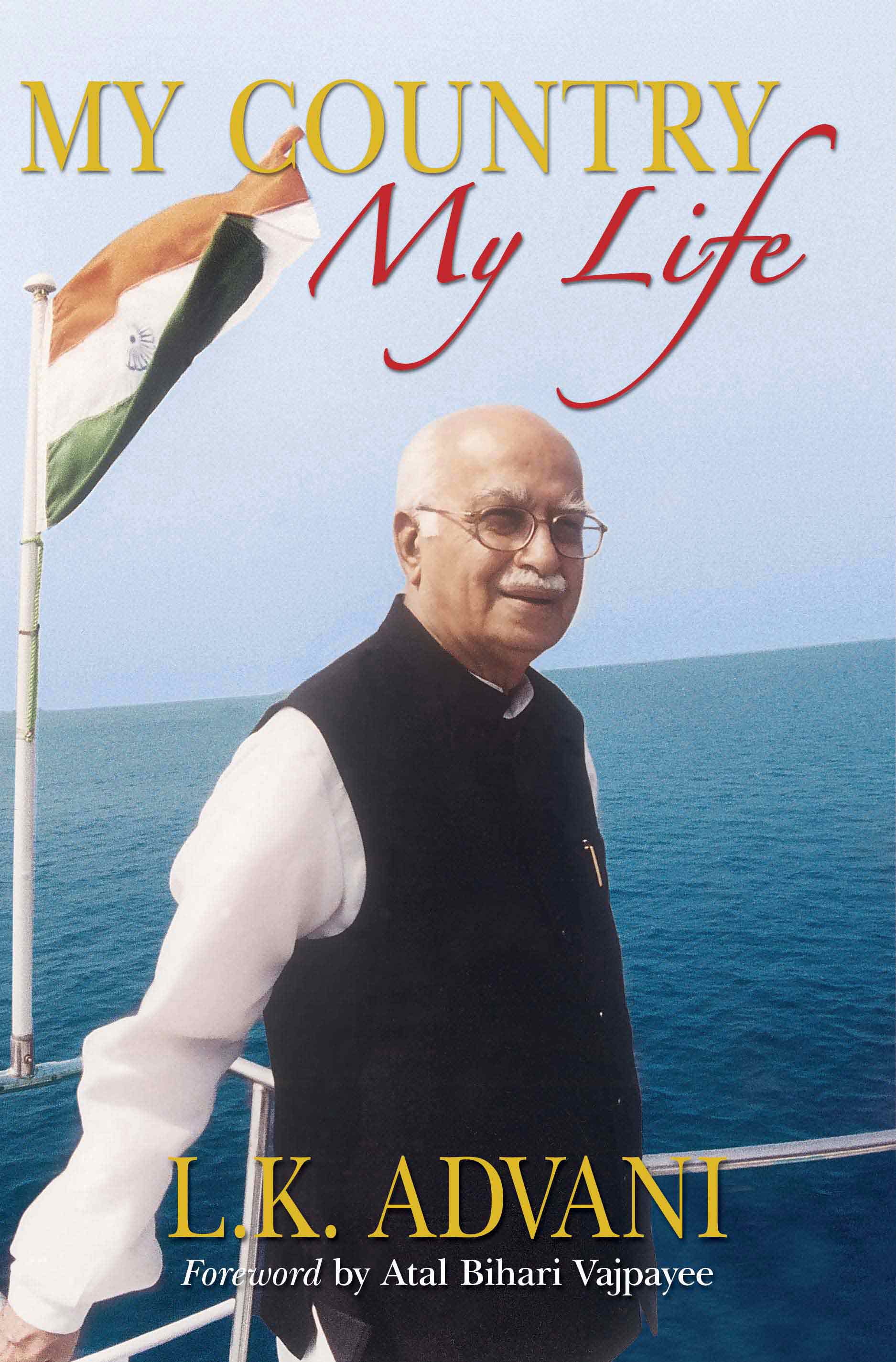Lost for sixty years in a Prague attic, this secret diary of a teenage prodigy killed at Auschwitz is an extraordinary literary discovery, an intimately candid, deeply affecting account of a childhood compromised by Nazi tyranny. As a fourteen-year old Jewish boy living in Prague in the early 1940s, Petr Ginz dutifully records the increasingly precarious texture of daily life. With a child's keen eye for the absurd and the tragic, he muses on the prank he played on his science class and then just pages later, reveals that his cousins have been called to relinquish all their possessions, having been summoned east in the next transport. The diary ends with Petr's own summons to Thereisenstadt, where he would become the driving force behind the secret newspaper Vedem, and where he would continue to draw, paint, write, and read, furiously educating himself for a future he would never see. Fortunately, Petr's voice lives on in his diary, a fresh, startling, and invaluable historical document and a testament to one remarkable child's insuppressible hunger for life.
You need to log in to Rate the book
What is the significance of the writings and art of a murdered 16-year-old boy, especially when he was one of 6 million slaughtered only because of his parentage? Is it that we get to glimpse at least something of a life prematurely and cruelly ended that seems to make that life more lasting and meaningful? Is it that we can better comprehend the infinite horror of each individual loss, which we can then multiply to produce 6 million infinities? Is it, if the writing and art are of distinction, that we can marvel at such precociousness and talent and think of all the richness that that boy and the world never got to experience?
The answer, in the case of Petr Ginz, is all of the above. Ginz was a Czech of mixed Jewish and non-Jewish parentage who was deported in 1942 to Theresienstadt and then, in 1944, to his death in Auschwitz. His diary came to light in 2003 after the Israeli astronaut Ilan Ramon took Ginz's drawing "Moon Landscape" with him on the doomed space shuttle Columbia. After the shuttle exploded, a man in Prague who had found the diaries years earlier in a house he purchased saw news reports about Ginz and his painting and contacted the Yad Vashem museum in Jerusalem, which already had a collection of Ginz's artwork. Now published by his surviving sister, the book includes some of his promising watercolors, linocuts and drawings, and excerpts from his writings, including the incomplete The Secret of Satan's Grotto, one of his six unpublished novels:
"It occurred to me then that my feelings at that moment were like a newspaper before it hits the rolling press. All the pressure from every side disappeared. I wondered: why does the pure paper of children's souls have to pass from a young age through the rolling press of life and society, which imprints it with all sorts of qualities and crushes it under the pressure of worries about livelihood and the attacks of enemies."
So much of young Ginz's writings deal with such sadness. While the diary itself is mainly recitations of the personal and political events of his days, his art and the brief excerpts of his journalism (he founded and edited a magazine in Theresienstadt) and novels reveal a burdened though delicate heart, and a fine mind and hand that were never allowed to grow so much finer.































